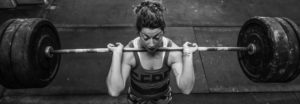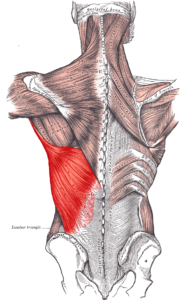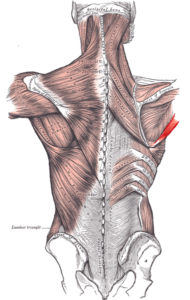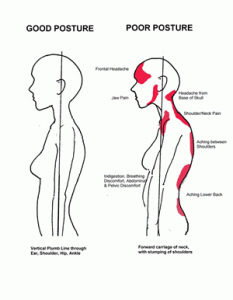In this video I attempt to show you a foam rolling exercise to help not only increase your shoulder mobility as it relates to front rack positioning; but a technique that will also allow you to perfect your overhead form during pressing, squatting, olympic lifting and any other overhead movement you can think of. The benefits are not only limited to weightlifting as they will also transfer into everyday activities.
Table of Contents
What is the Front Rack?
- The front rack is a starting and mid position of many olympic lifts and other exercises, such as the front squat and the clean and jerk.
- The front rack is a very difficult position to get into.
- The inability to get into this position will not only make olympic lifting and front squatting difficult, but it will also hinder your progress and could lead to injury.
What makes the Front Rack difficult to perform?
- Tension of the internal rotators, such as the latissimus dorsi, the teres major and the pectoralis major
- Extension mobility restrictions in the areas of the thoracic spine
How do we mobilize in order to correctly perform the Front Rack?
- Mobilize the internal rotators. (latissimus dorsi, teres major, pectoralis major)
- Mobilize the thoracic spine in extension
How to mobilize the the shoulder to achieve proper external rotation with full flexion?
- With a foam roller on the ground
- Assume the childs pose position with your arms lying overtop the foam roller.
- Begin rolling the arms away from your body over top of the foam roller with your palms facing the ceiling.
- Try to maintain the positioning of the upward palms. (Restrictions of the internal rotators will be noticed if the palms begin rolling back inward)
- While the shoulders are in a fully flexed position (arms fully forward) begin to mobilize extension in the thoracic spine by looking up toward the ceiling.
- While in this position you can focus on proper diaphragmatic breathing to increase mobilization of the thoracic spine and ribcage.
Other reasons to perform this mobility drill.
- The internal rotators are a main cause of poor posture.
- Tension in these internal rotators will cause rounded shoulder positioning, forward head posture, and the common hunchback look that no one wants.








